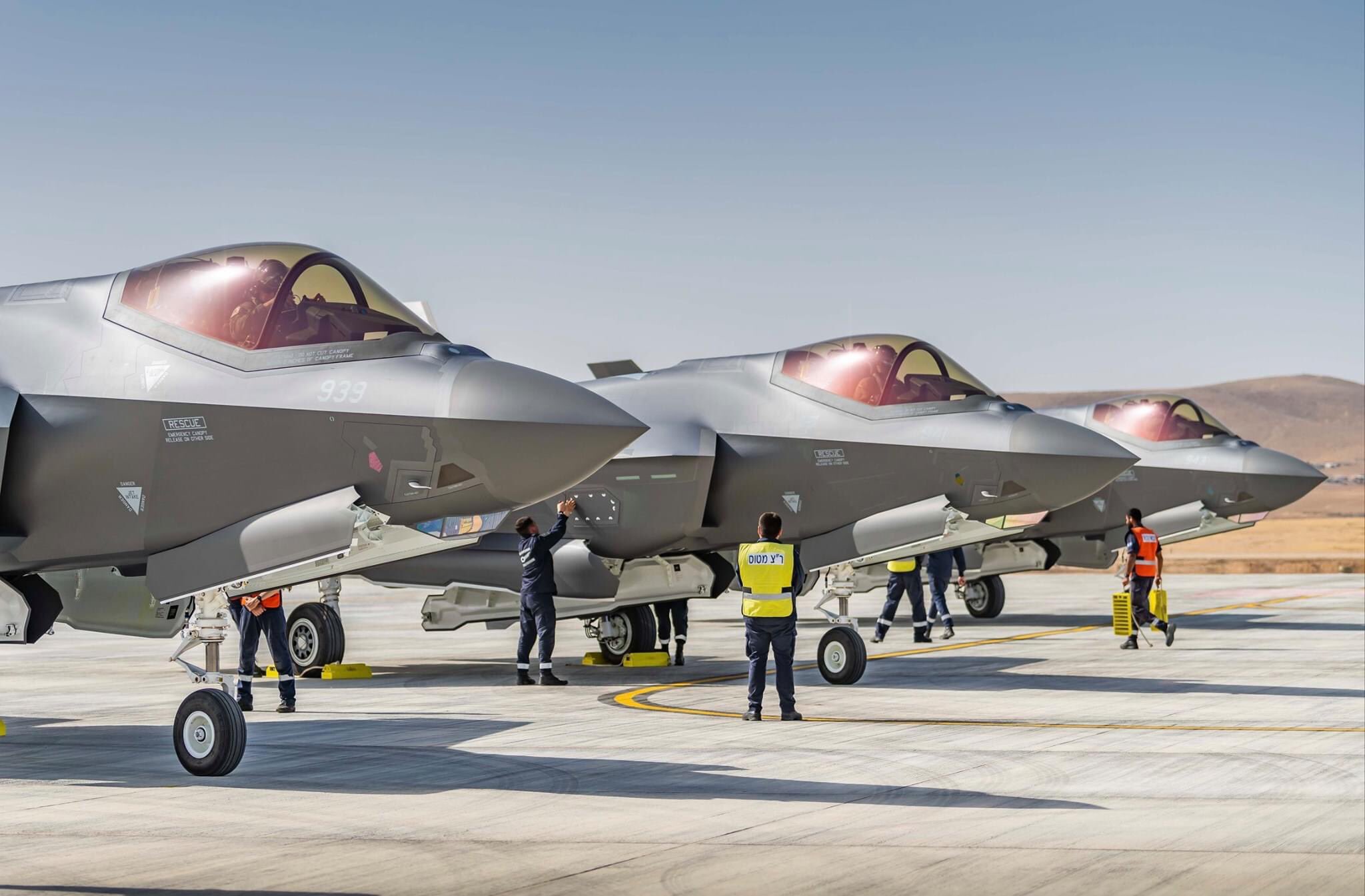Iran has announced that it started a fresh set of drills in the Persian Gulf using locally manufactured cruise missiles, drones, and other weapons. This is the second Iranian military drill in recent weeks.
The latest drills are a part of the Iranian effort to demonstrate its locally manufactured weapons and overall military prowess against adversaries. Once again, Iran reiterated that its weapons were made domestically, underscoring its insistence that it does not rely on other countries for military support, The Jerusalem Post reported.
Iranian media said the navy conducted an array of attacks using missiles and vessels at sea, including “defensive mine laying within the scope of the simultaneous firing and use of sea cruise missiles from two different geographic areas to hit a specific target.”
The report also stated that the Iranian drones were used to hit a specific target without delineating more information. An image that appeared on Twitter on January 18 has induced widespread interest among social media users and military watchers.
In the photo, a small UAV could be seen flying over the area where drills were taking place. Intriguingly, the drone looked like an F-35 fighter jet and was believed to be a target drone.
According to some Twitter accounts that track the Iranian military, this purported target drone has also been used in previous military drills. Twitter account that goes by the name ‘Iran Defense’ said that the target drone has previously been used for target practice in Basij exercises of the IRGC.
EurAsian Times could not independently verify this information.
A small F-35 drone/target was seen flying around. It's been used for OPFOR/target practice in previous IRGC/Basij exercises pic.twitter.com/IHPmXY2S5I
— Iran Defense|نیروهای مسلح جمهوری اسلامی ایران (@IranDefense) January 18, 2023
According to some claims, sources in Iran confirmed that the drone appeared to be made in a layout design resembling the F-35 fighter and was used to strengthen Iran’s combat against Israeli and American fighters. This is significant as tensions have continued to mount in the region recently.
Iran tracking or simulating an attack on F-35-like aircraft is significant as Israel has been threatening a strike using its F-35I Adir aircraft on Iranian nuclear installations. It could be likely that the Iranian military is training to hit targets with existing air defense systems with the help of such drones.
However, Iran’s ability to intercept an F-35 stealth fighter jet has been a bone of contention for a long time.
Israeli F-35 fighters reportedly penetrated Iranian air space repeatedly, according to a report in Saudi news outlet Elaph in August 2022 which means the stealth aircraft was able to evade Iranian air defense.
In contrast, Russian state media TASS reported last year that the US F-35 fighters were successfully spotted and tracked close to Iran’s borders during an escalation of tensions at the beginning of 2020. Iran purchased the Russian-made radar Rezonans-NE to identify and track stealth aircraft and hypersonic targets.
Iran Up In Arms Against Israeli F-35
Disenchanted by the US-Iran nuclear talks, Israel has issued multiple warnings that it would bomb Iranian nuclear facilities if the negotiations failed. In September, Israel’s Former Prime Minister Yair Lapid visited the Nevatim airbase, home to the Israeli Air Force’s (IAF) squadron of advanced F-35 fighter jets.
Standing in front of the F-35, Lapid said, “If Iran continues to test us, it will discover Israel’s long arm and capabilities. We will continue to act on all fronts against terrorism and against those who seek to harm us,” he said.

In the video address, he maintained that it was too soon to tell if the nuclear agreement was blocked. “It is still too early to know if we have succeeded in stopping the nuclear agreement, but Israel is prepared for every threat and every scenario,” Lapid said.
Prime Minister Yair Lapid, today at the Nevatim Air Force Base:
“It is still too early to know if we have indeed succeeded in stopping the nuclear agreement, but Israel is prepared for every threat and every scenario." pic.twitter.com/iSch0xfsb1
— Prime Minister of Israel (@IsraeliPM) September 6, 2022
While the talks have since been called off in a way, the “long arm” remark referred to the F-35’s capability to travel long distances to bomb Iran’s nuclear facilities without stopping for refueling.
Israel operates the F-35-I, sometimes referred to as “Adir,” a highly modified Lockheed Martin F-35 stealth fighter aircraft. As part of the upgrades, a brand-new one-ton bomb can be placed within the F-35’s internal weapons chamber without impacting the aircraft’s stealth radar signal and the already available armament.
On its part, Iran is also preparing to combat the looming Israeli threat and build effective deterrence by acquiring Russian Su-35 fighter jets. Earlier this week, Iran confirmed that it had placed an order for 12 Russian planes and would receive them in the next three months.

In addition, Iran is investing millions of dollars in deploying the Bavar-373 air defense system in Syria, which is its local S-400 equivalent, to shield its assets from Israeli airstrikes, as previously noted by EurAsian Times. Iran could use these air defense systems to shield its aace and military installations from Israeli F-35s.
According to reports, the F-35 stealth jets can be tracked and engaged using the Sayyad-4B missile with the Bavar-373 AD platform. This missile’s estimated range is between 250 and 300 kilometers.
As tensions continue to rise between the two sides, especially given Iran’s projection of military prowess, both sides could only be expected to prepare for potential combat. An F-35 target drone could be seen as a step in that direction.
- Contact the author at sakshi.tiwari9555 (at) gmail.com
- Follow EurAsian Times on Google News




